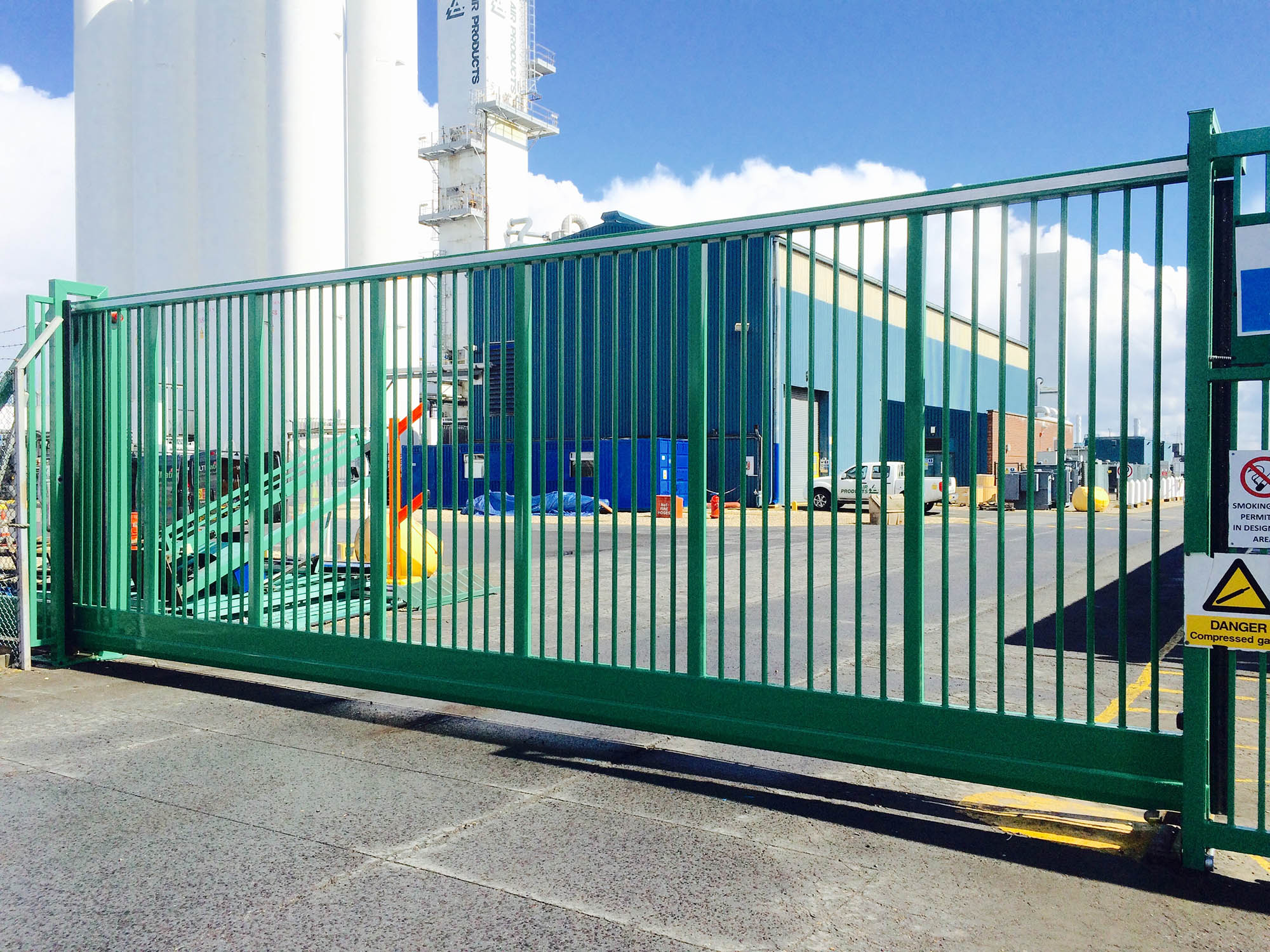Call Us At 01522 682255

Red Flags in Your Automatic Barrier You Should Never Ignore
When it comes to perimeter security, your automatic barrier is the first obstacle intruders will meet. They keep unauthorised vehicles
Call Us At 01522 682255
Call Us At 01522 682255

Manual barriers are a trusted and cost-effective way to control vehicle access. From business parks and car parks to industrials premises, they provide a simple and straightforward solution for managing entry and exit. But while manual barriers are built to be robust, they’re not indestructible. Over time, wear and tear can creep in (especially if not maintained properly), and if the problem isn’t spotted early, your barrier could quickly go from reliable to condemned.
In this blog, we’ll explore the key red flags that signal your manual barrier may be unsafe, unstable, or even at risk of failure. We’ll also look at how to prevent issues from escalating, keeping your premises secure and your people safe.
It’s easy to dismiss small faults as ‘just part of the ageing equipment’, but with manual barriers, those small issues can add up to bigger problems. Here’s why it is crucial to pay very close attention to the warning signs:
By learning the red flags to look out for, you’ll know when it is time to call in the experts *cough cough, Gateway Automation*, before your manual barrier reaches the point of no return.
Rust is one of the most obvious and dangerous red flags in a manual barrier. Corrosion weakens metal over time, leaving your barrier vulnerable to cracks, bends, or even complete failure. A rusty barrier doesn’t just look unsightly; it’s also for more likely to be deemed unsafe or even condemned if the corrosion affects key structural points.
When a manual barrier no longer feels secure in it movements, it is a sign of trouble. An unstable barrier arm that wobbles, shakes, or won’t hold its position can point to worn pivots, damaged counterweights, or weekend foundations. This makes the barrier unpredictable and potentially hazardous for users.
Every manual barrier should be equipped with safety features like end rests, locking systems, and reflective strips for visibility. If these features are damaged, missing, or not working correctly, the barrier is no longer safe to use. For example:
Ignoring damaged safety components could result in accidents, breaches of security, or worse, a barrier being declared condemned.
Sometimes the warning signs are plain to see. Cracks in welds, bent arms, or dents in the barrier housing are all strong indicators that the structure is compromised. These issues often stem from impact damage or long-term neglect, and once the structure is weakened, the barrier becomes both unreliable and dangerous.
A manual barrier should move smoothly with minimal effort. If it feels stiff, jerky, or requires excessive force to lift or lower, something is wrong. This could be caused by worn pivot mechanisms, lack of lubrication, or internal parts beginning to fail. Struggling to operate the barrier isn’t just inconvenient; it’s a signal that that system is on its way to becoming unusable.
One of the primary roles of a manual barrier is to lock in place when close. if your barrier arm no longer secures properly, it is a clear sign that your security has become compromised/ not only does this make it easier for vehicles to bypass the barrier, but it also puts your premises at risk and may render the barrier non-compliant with basic safety expectations.
If your manual barrier keeps needing ‘quick fixes’, this is often a sign of larger underlying problems. Regular adjustments to keep it functional may only be masking bigger issues. When a barrier repeatedly breaks down, it’s a major red flag that the system is deteriorating and may soon need a full replacement.
Sometimes the problem is simply age. A barrier that looks rusty, worn, or past its prime may still ‘work’, but that doesn’t mean it is fit for use and purpose. Older barriers often lack modern safety features that are must haves to be compliant. They may also have ongoing wear which can leave them dangerously close to being condemned.
At Gateway Automation, we understand how vital manual barriers are in protecting your site. This is why we don’t just supply and install them; we also offer expert maintenance plans, repairs and compliance checks.
Our engineers are trained to identify the red flags before they turn into serious problem. Whether your barrier is unstable, showing rust or suffering from damaged safety features, we can repair it, maintain it, or recommend a cost-effective replacement.
With tailored service packages and nationwide coverage, we will ensure your manual barriers remain safe, secure and compliant for years to come.
Manual barriers may seem simple, but they play a vital role in controlling access, protecting your premises, and keeping people safe. Ignoring red flags such as rusty parts, unstable arms, damaged safety features, or visible damage can quickly turn reliable barrier into a lability – or worse, see it condemned as unsafe.
Regular inspections, timely repairs, and professional servicing are the best ways to keep your barriers operating smoothly. Don’t wait until your manual barrier becomes a hazard. Stay proactive, protect your investment, and ensure your site remains secure with complete perimeter security. Contact us today!

When it comes to perimeter security, your automatic barrier is the first obstacle intruders will meet. They keep unauthorised vehicles

Is your cantilever gate showing signs of trouble? From unusual noises to faulty safety features, spotting red flags early can prevent dangerous breakdowns. Discover what to look out for and how Gateway Automation can keep your gates safe, compliant, and secure.

